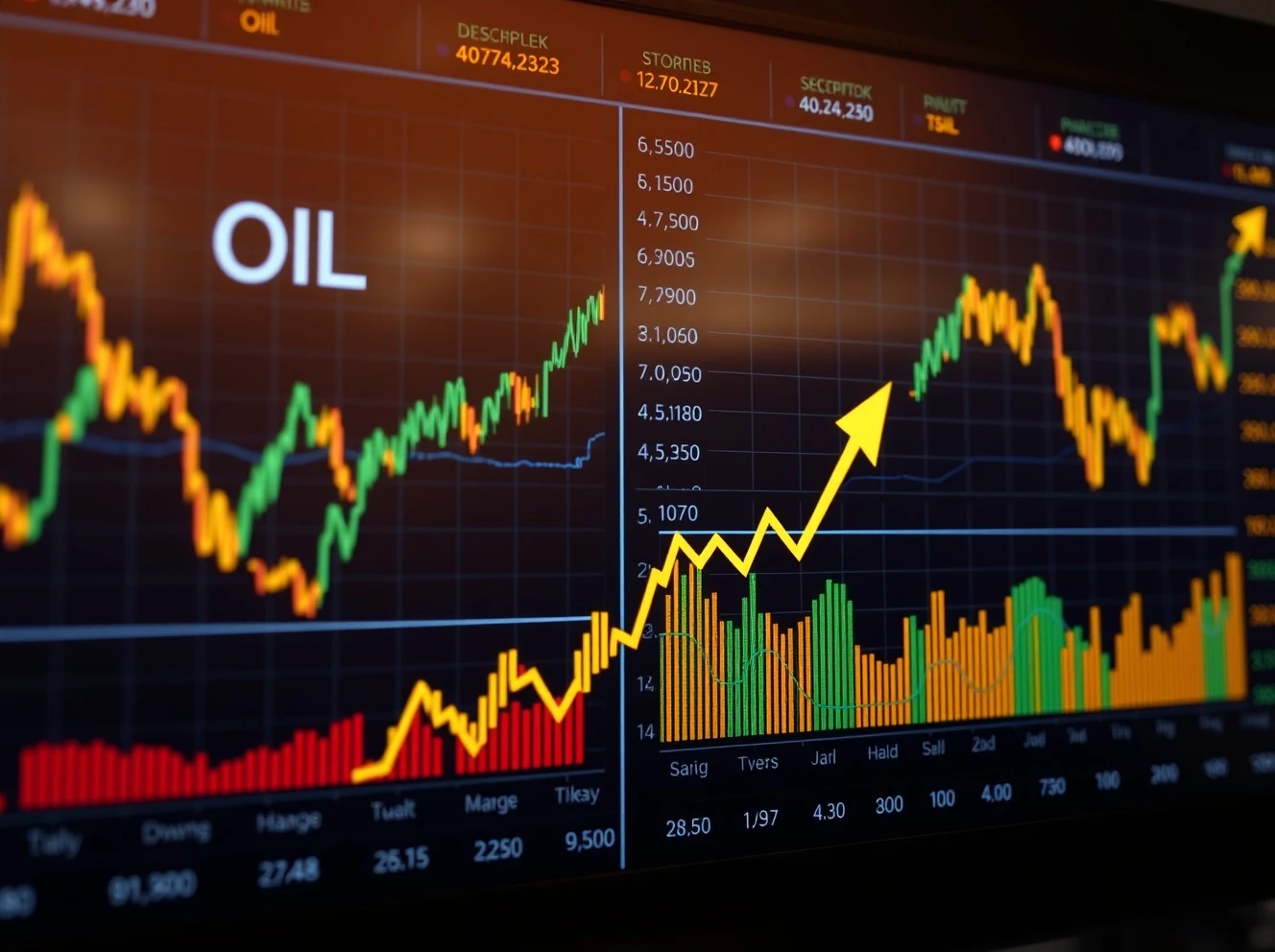Market analysts currently watch commodity indicators with intense focus. Oil and gold prices deliver crucial messages to stock investors. These traditional safe havens and economic barometers often move before equities react. Consequently, smart investors monitor these signals closely.
Understanding Key Commodity Indicators
Commodity indicators provide early economic warnings. Oil prices reflect global demand expectations. Gold serves as an inflation hedge and safe haven. These assets frequently lead stock market movements. Therefore, their current trends demand attention.
Oil Price Movements and Market Implications
Rising oil prices typically signal economic strength. However, they can also indicate inflationary pressures. Recent volatility suggests market uncertainty. Investors should note these commodity indicators carefully. They often forecast broader economic trends.
Gold’s Traditional Role as Economic Barometer
Gold prices rise during market uncertainty. This precious metal acts as protection against inflation. Current gold movements suggest investor caution. These commodity indicators often precede stock adjustments. Watch them for portfolio guidance.
Interpreting Combined Signals
Analyze oil and gold trends together. Diverging patterns may indicate specific economic conditions. For example, rising oil with stable gold suggests growth. Conversely, both rising often signals inflation concerns. These commodity indicators provide valuable context.
Practical Investment Strategies
Use commodity indicators to adjust portfolios. Consider energy stocks when oil trends upward. Gold ETFs can hedge against market downturns. Monitor these signals for timing decisions. They help manage investment risk effectively.
Historical Correlation Patterns
Historical data shows consistent relationships. Oil and stock prices often move together initially. Gold typically moves opposite equities during crises. These commodity indicators have proven reliable historically. They remain relevant for modern investors.
Current Market Assessment
Present conditions show mixed signals. Oil volatility indicates economic uncertainty. Gold strength suggests defensive positioning. These commodity indicators point to cautious optimism. Investors should balance growth and protection.
FAQs: Commodity Indicators and Market Analysis
Why are oil and gold important for stock investors?
Oil and gold serve as leading economic indicators that often predict stock market movements before they occur.
How often should investors monitor commodity prices?
Serious investors should track commodity indicators daily, as they can change rapidly with market conditions.
Can commodity indicators predict market crashes?
While not perfect predictors, unusual movements in oil and gold often precede significant market corrections.
How do interest rates affect commodity-stock relationships?
Rising rates typically strengthen the dollar, putting pressure on commodities but potentially helping certain stock sectors.
Should retail investors use commodity signals?
Yes, these indicators provide valuable context for investment decisions regardless of portfolio size.
What other commodities should investors watch?
Copper and agricultural commodities also provide important economic signals alongside oil and gold.







